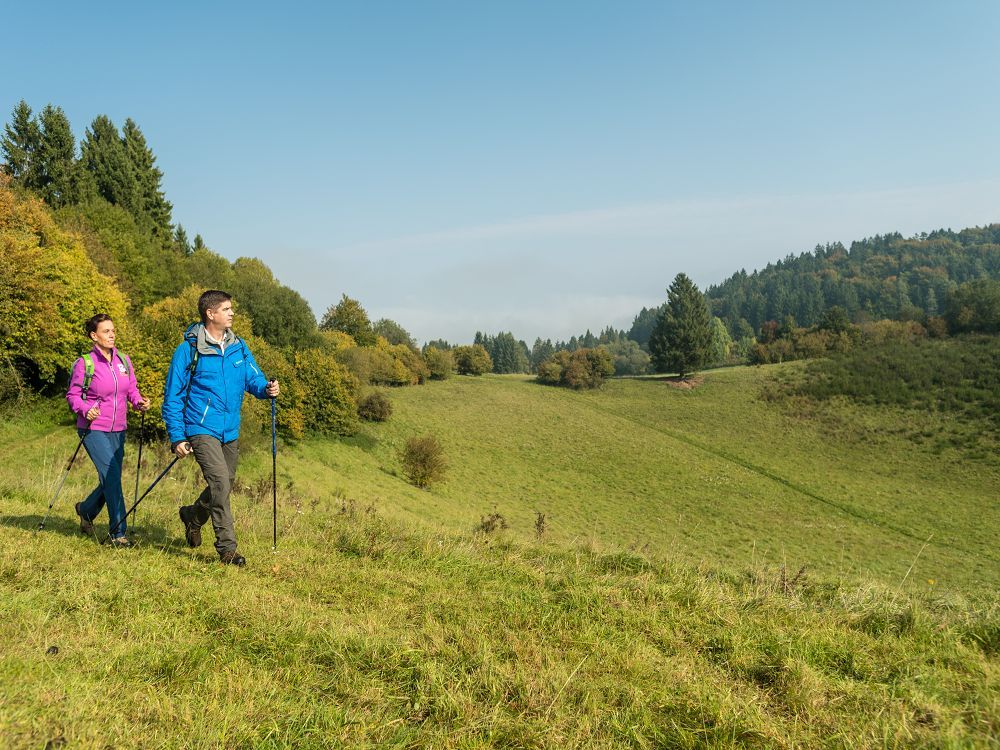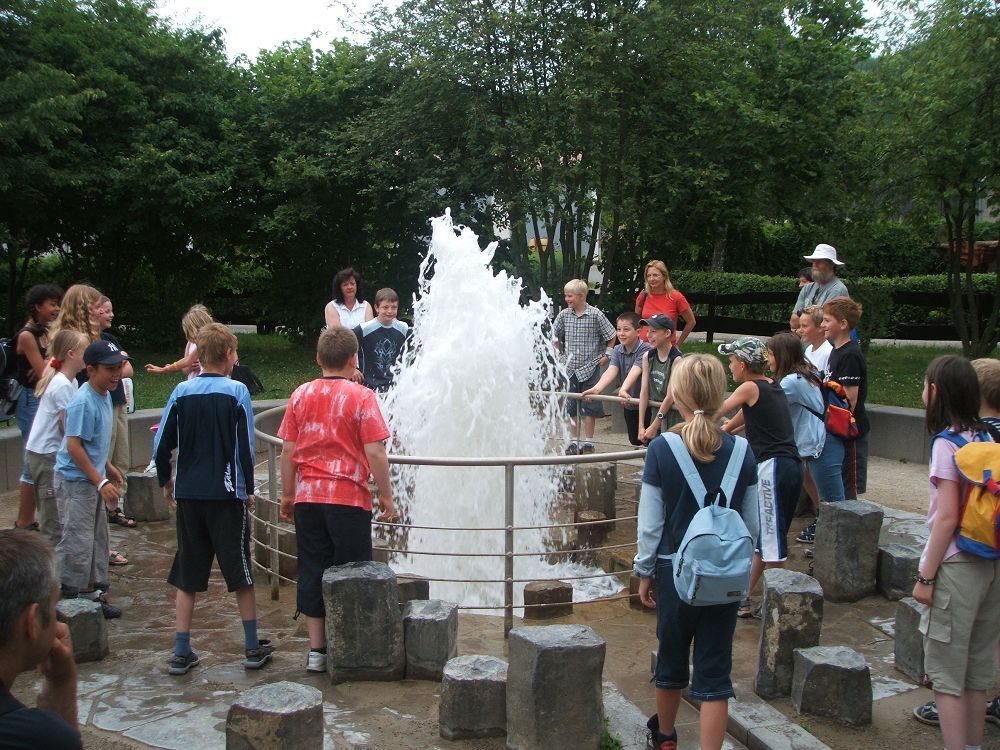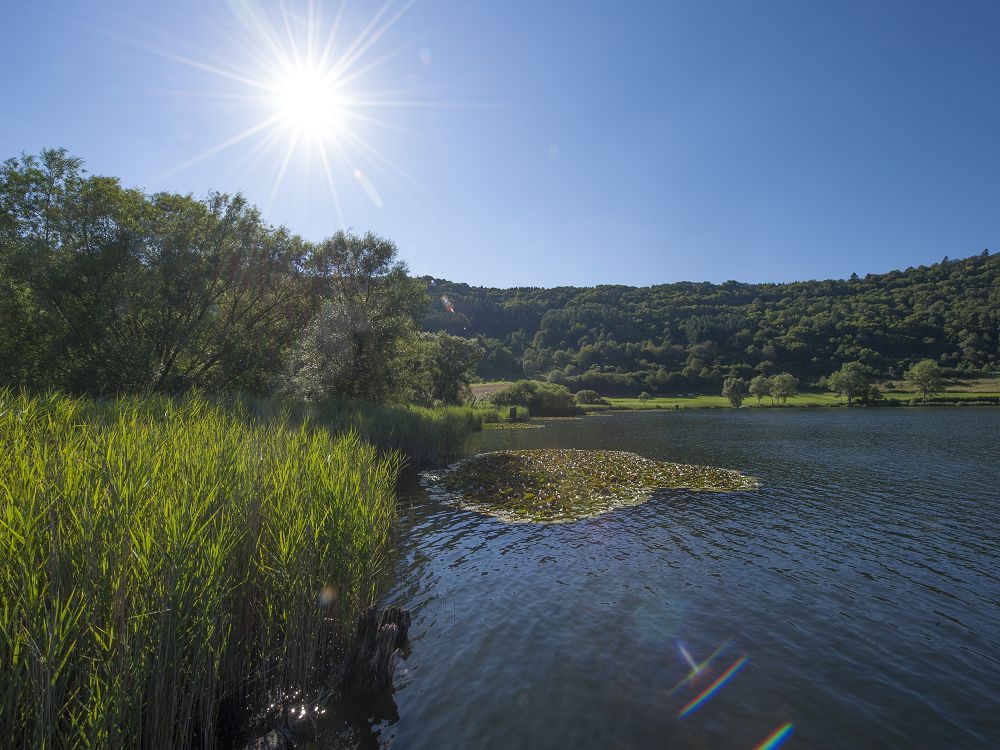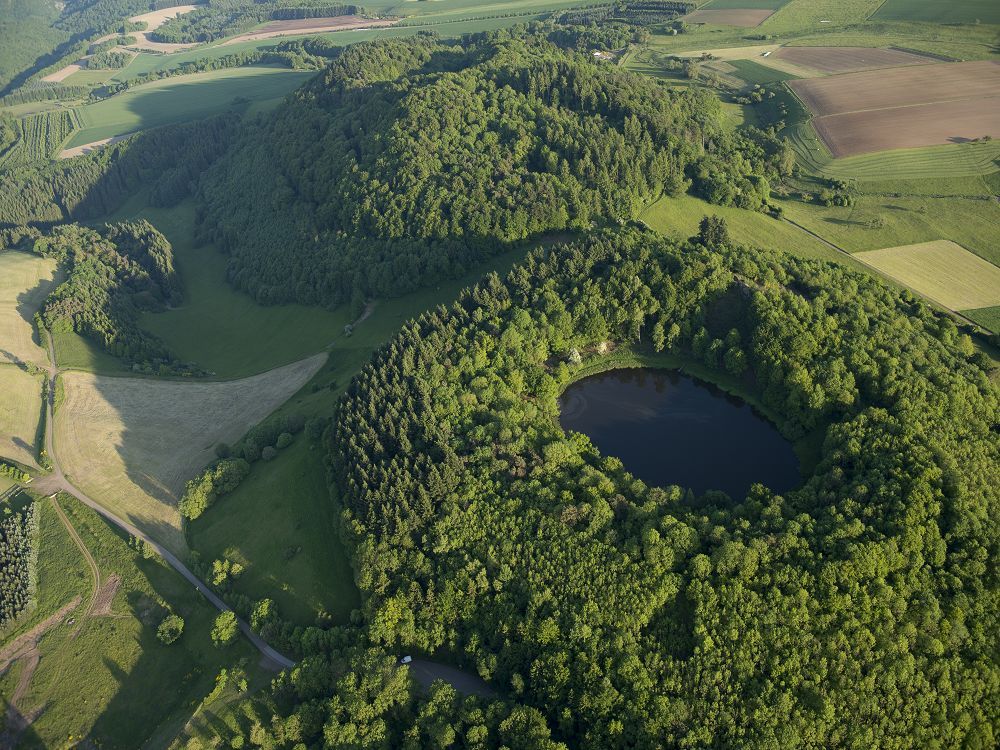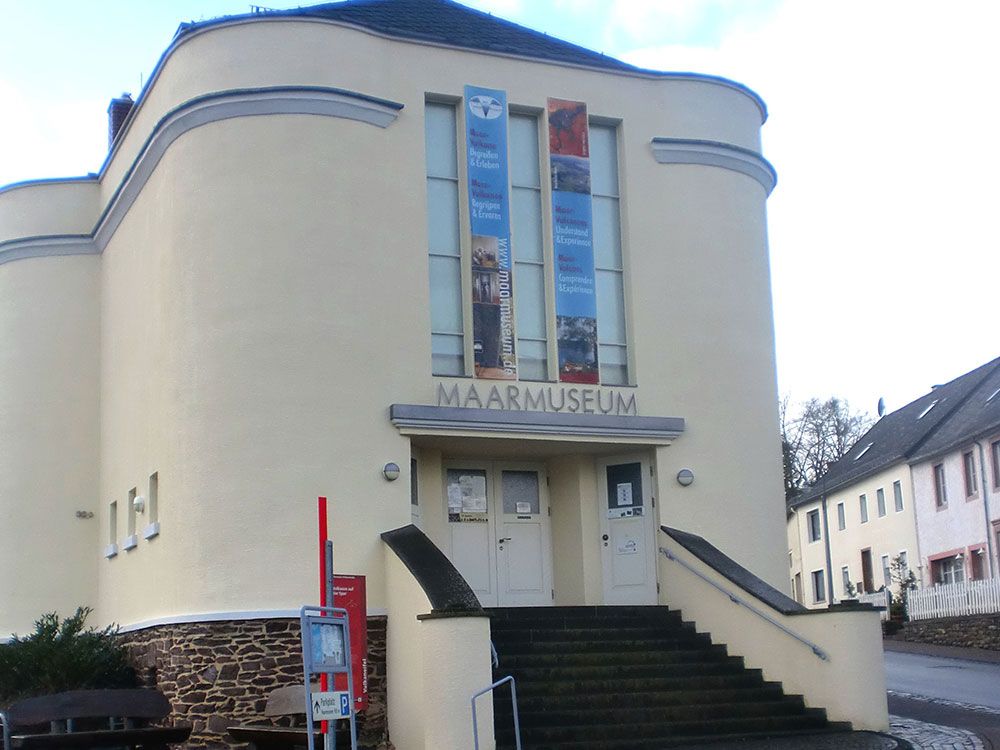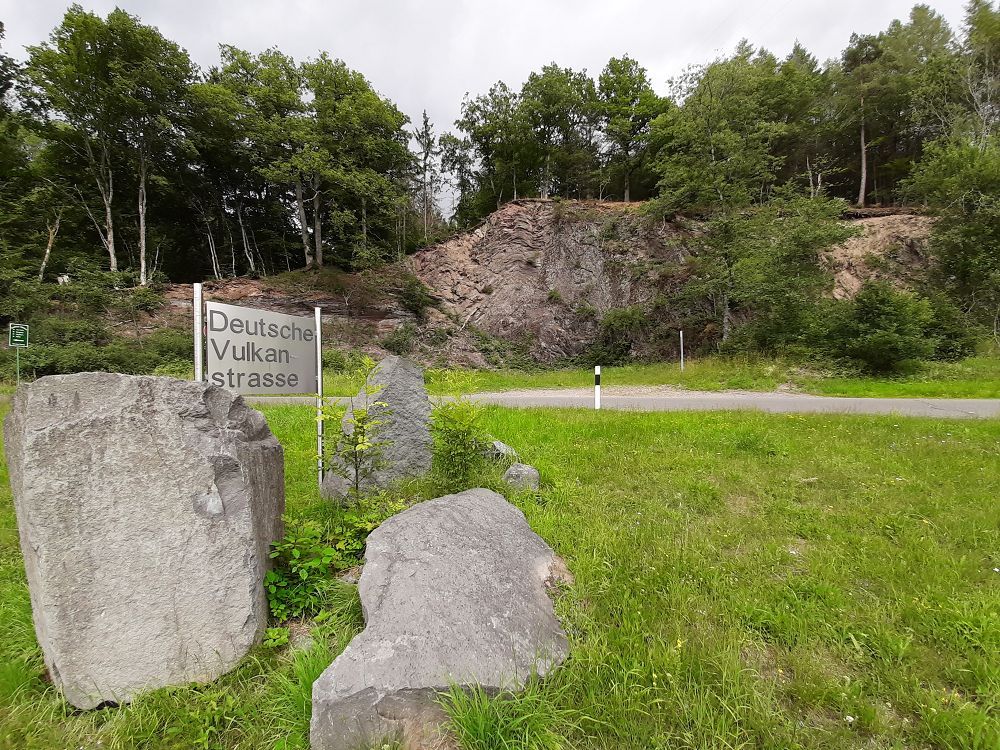39. Gesteinsfalte (Slip Fold): A warm, shallow sea
39. Gesteinsfalte (Slip Fold): A warm, shallow sea
Clay and sand particles float around gently and settle on top of each other in layers on the seabed. But this tranquillity comes to an abrupt end. The sea is caught between huge forces from north and south, which push the layers together: And so the Rhenish Massif is formed. Although this happened 300 million years ago, we can see the results of these processes in the face of this old quarry. The layers which used to lie flat on top of each other can now be seen in wave form as so-called 'folds' towards the top of the face. But that was not enough! About 65 million years ago the massif began to rise up.
Where especially strong forces were at work, the folded layers broke up into separate slabs. This phenomenon is also visible here: Underneath the folds a diagonal line cuts through the face, marking the place where one slab is pushed up over another. And there was even more to come! The elevation of the Eifel range led to other things happening inside the Earth. Magma rose up and volcanoes erupted! The clay and sand may have wanted to rest in peace, but this was not to be. First the layers were folded together, then shoved on top of each other, and to cap it all they were riddled with volcanic vents and covered with ash.
Our tip: Whilst you can see the 'foundations' of volcanicity in the Eifel here, you will find a lot of interesting testimonies to volcanic activity along the Deutsche Vulkanstraße (German Volcano Route).
 English (UK)
English (UK)  Deutsch
Deutsch 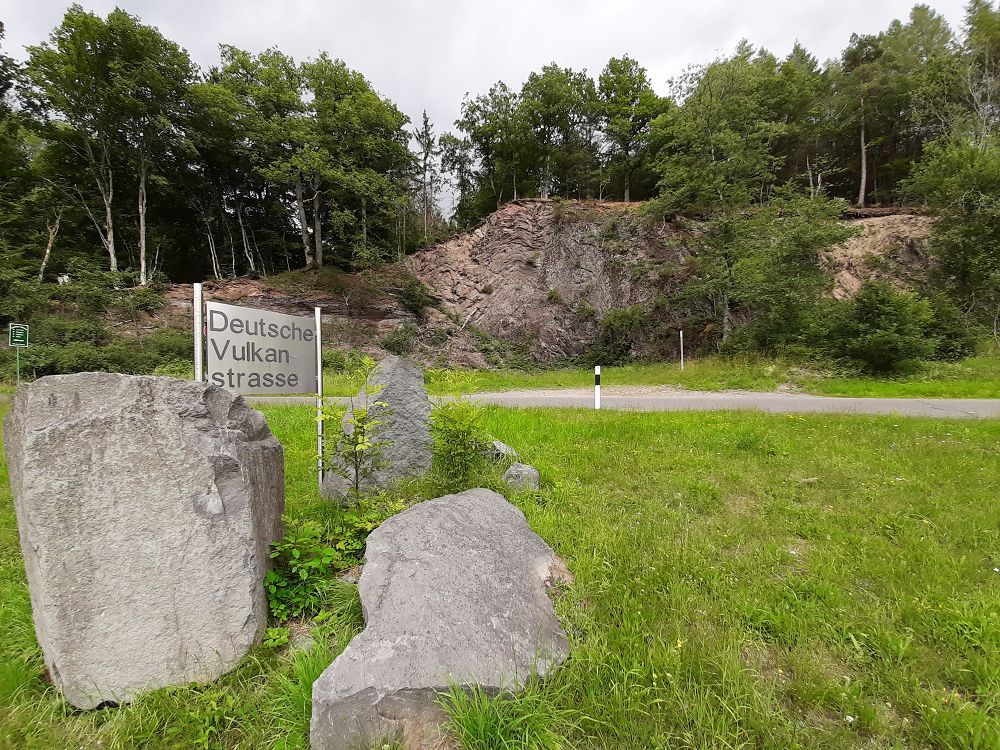
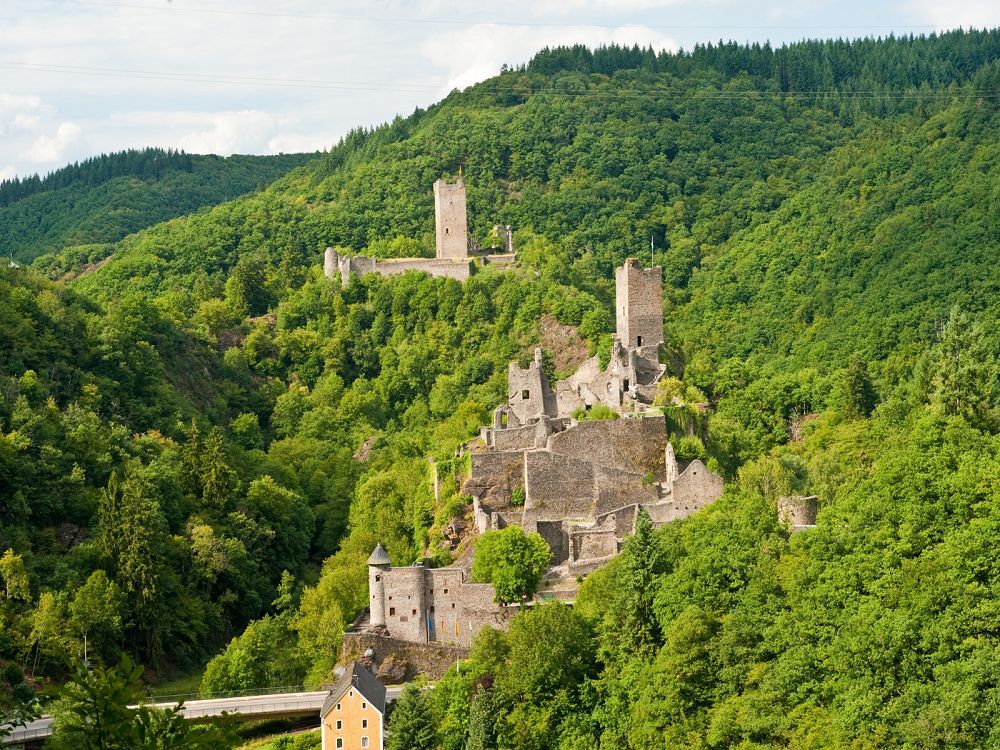
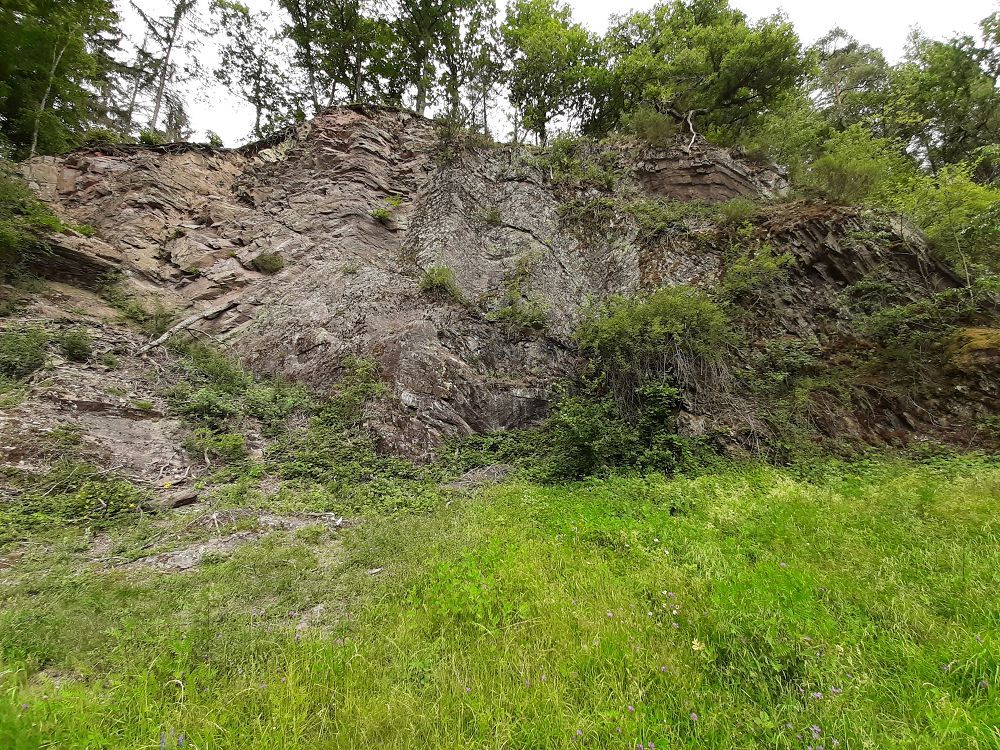
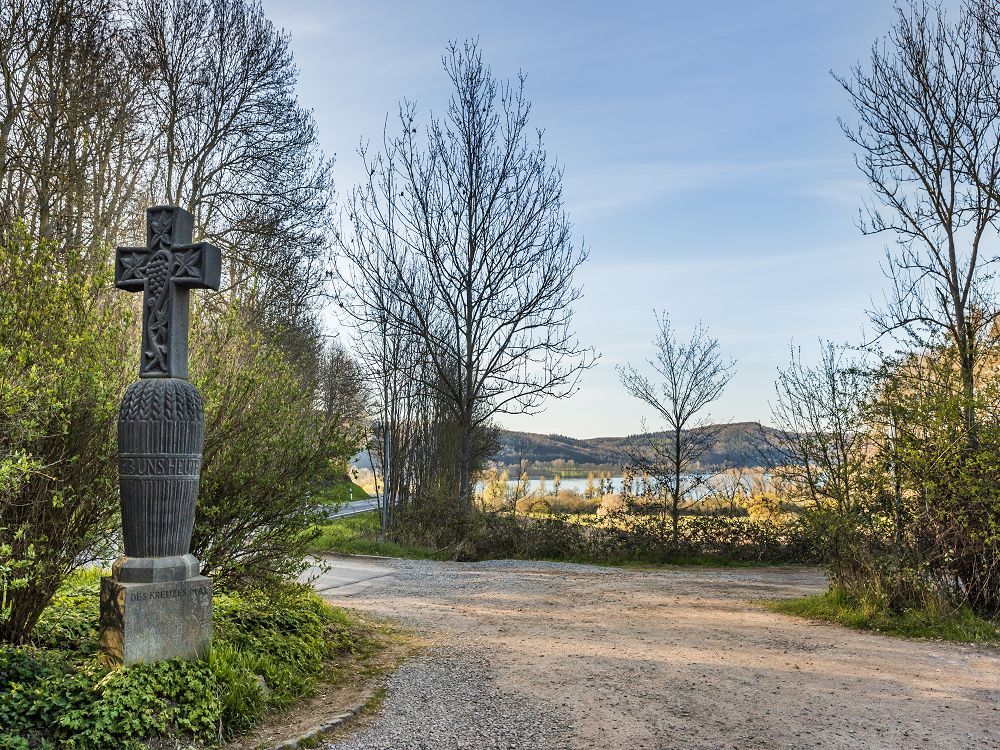
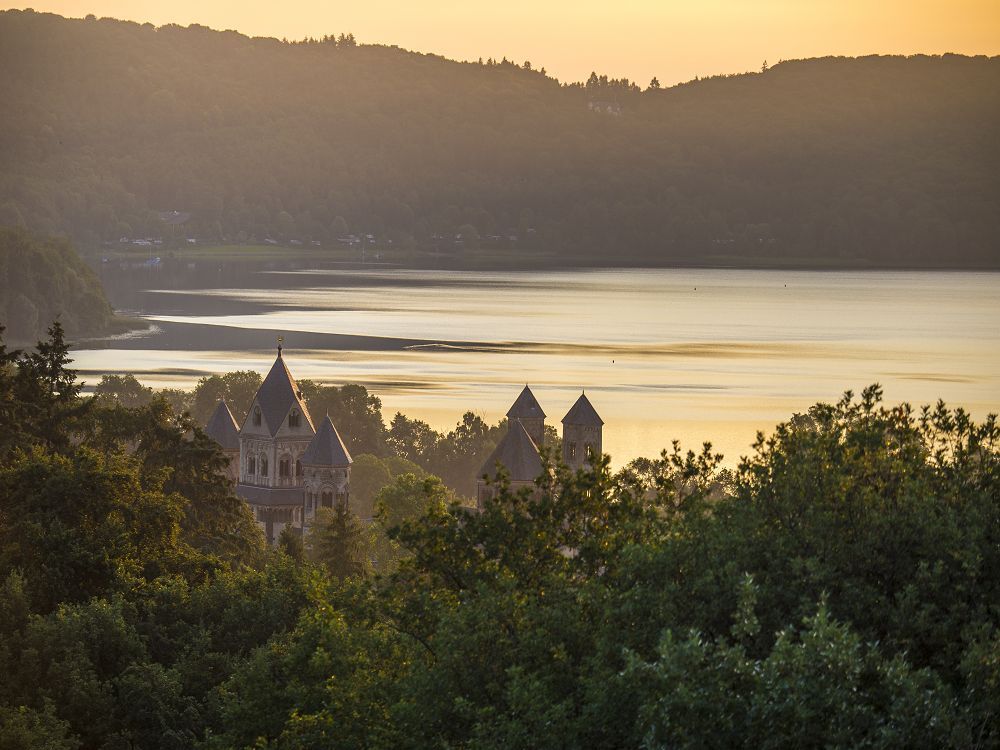
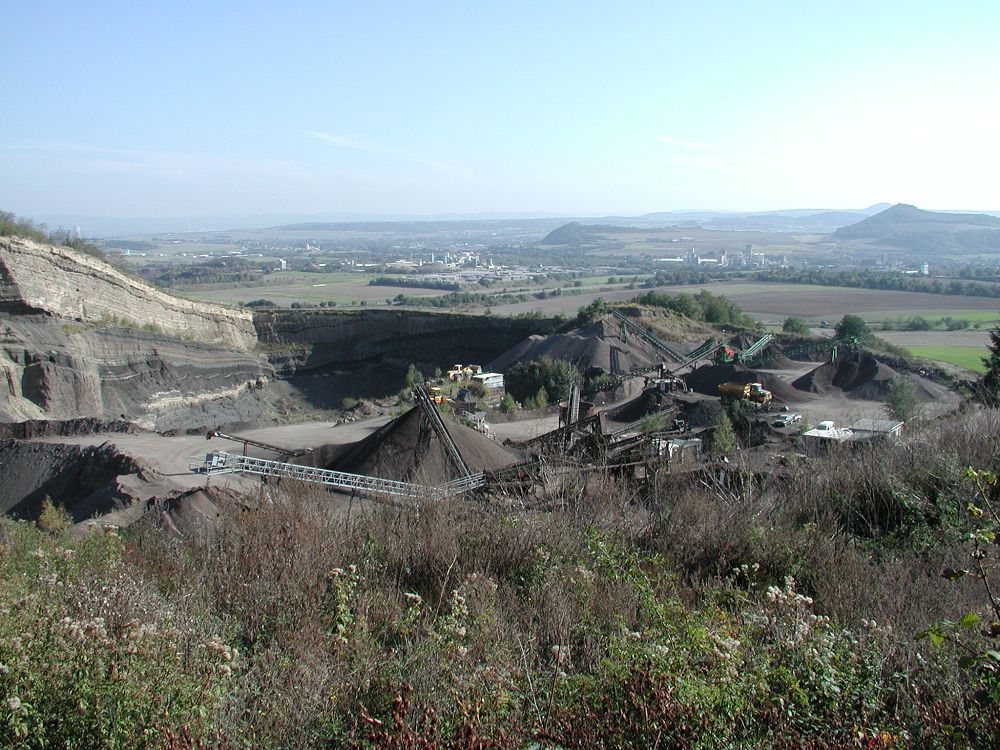
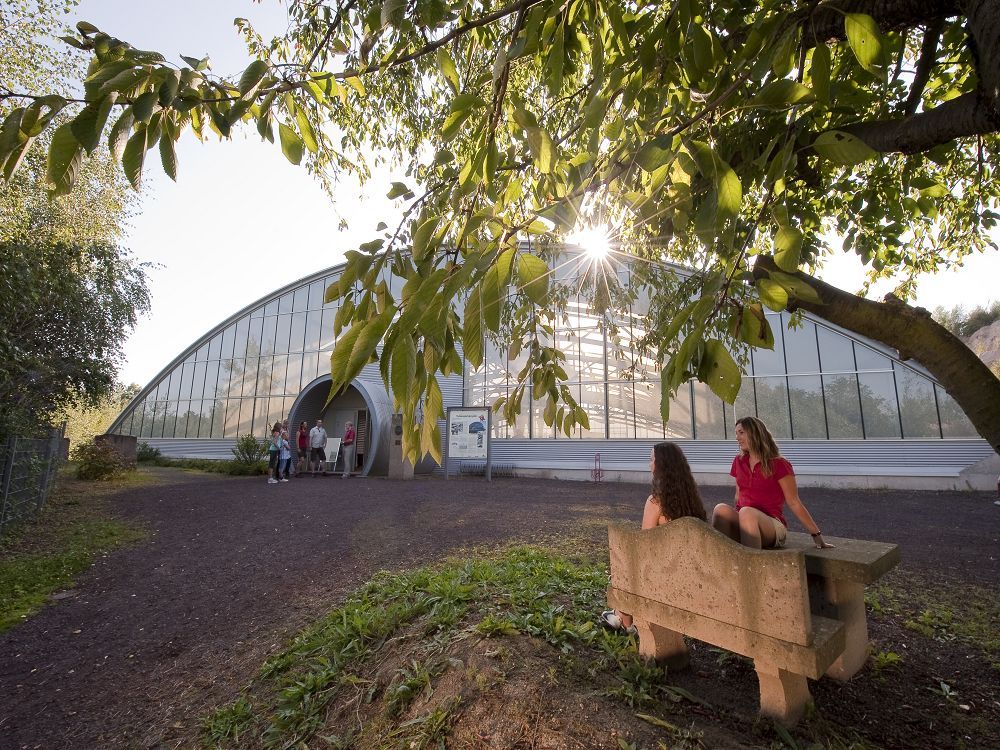
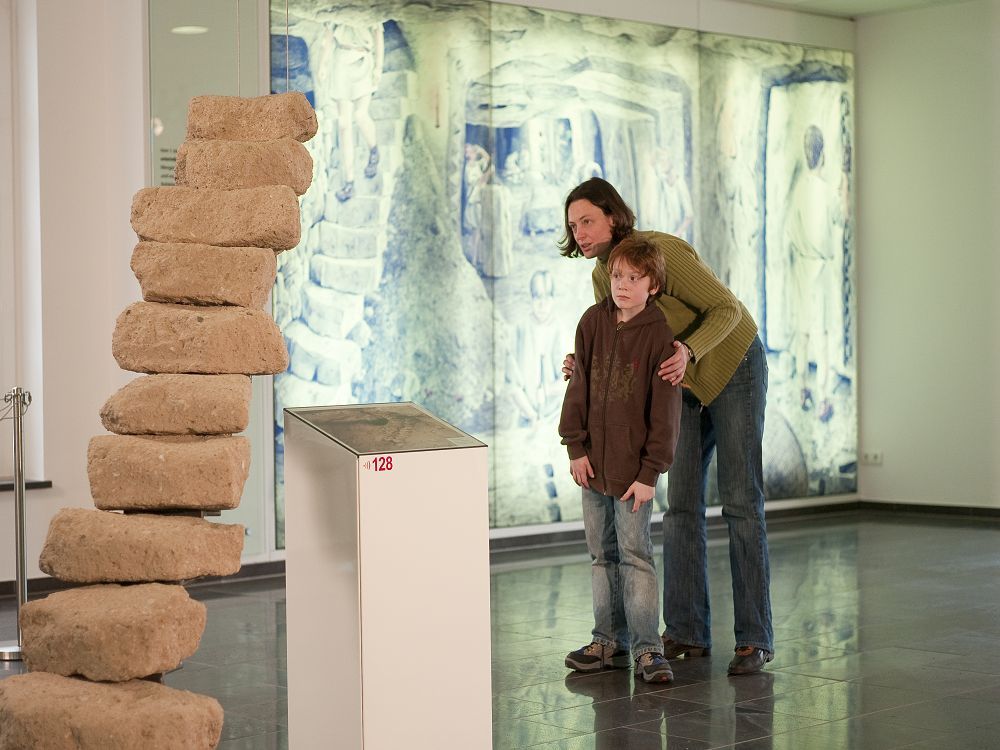
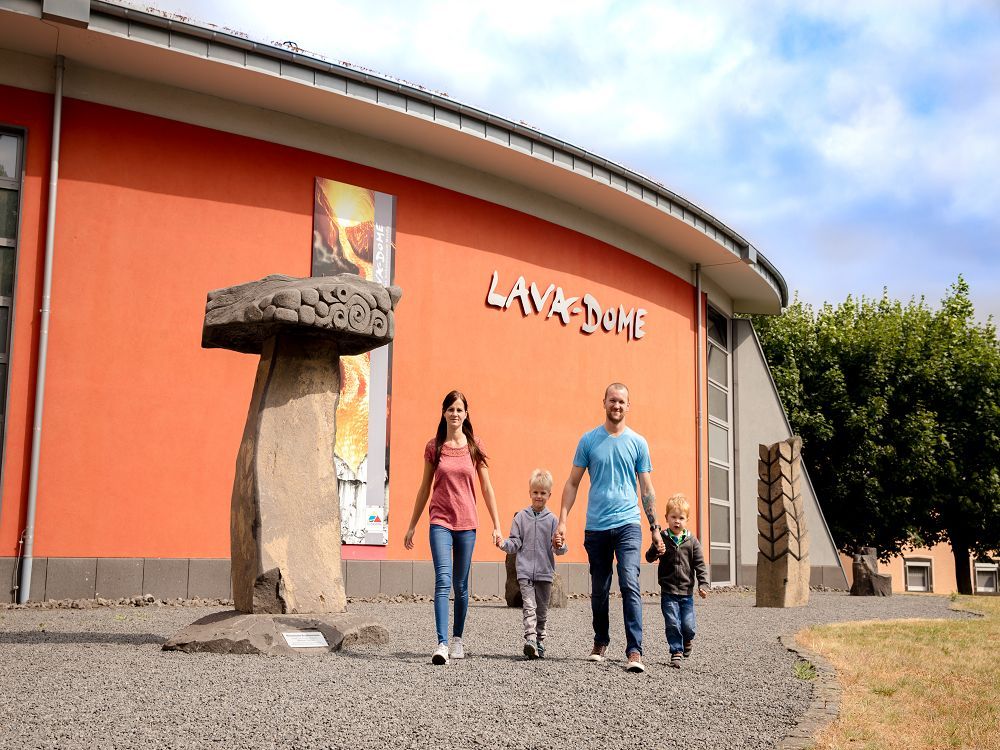
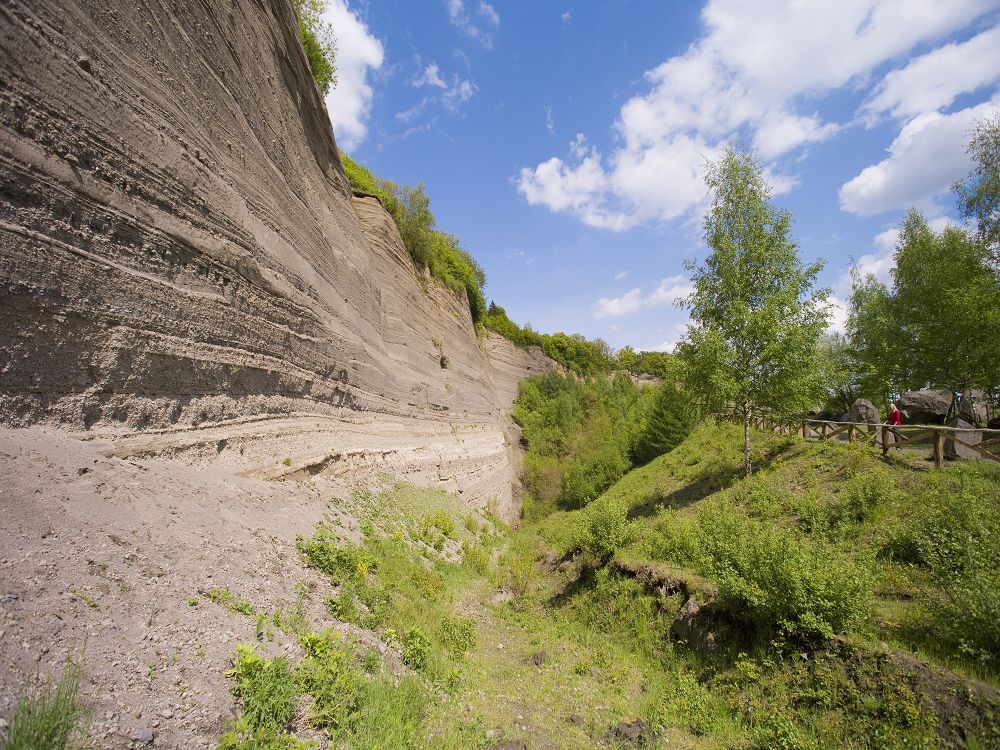
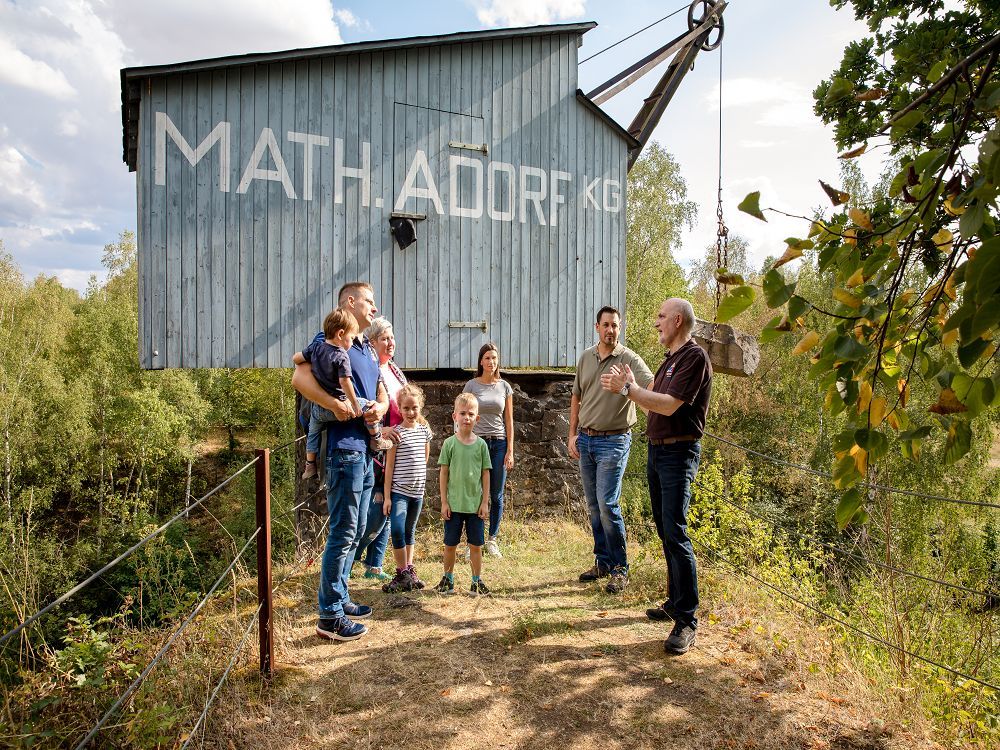
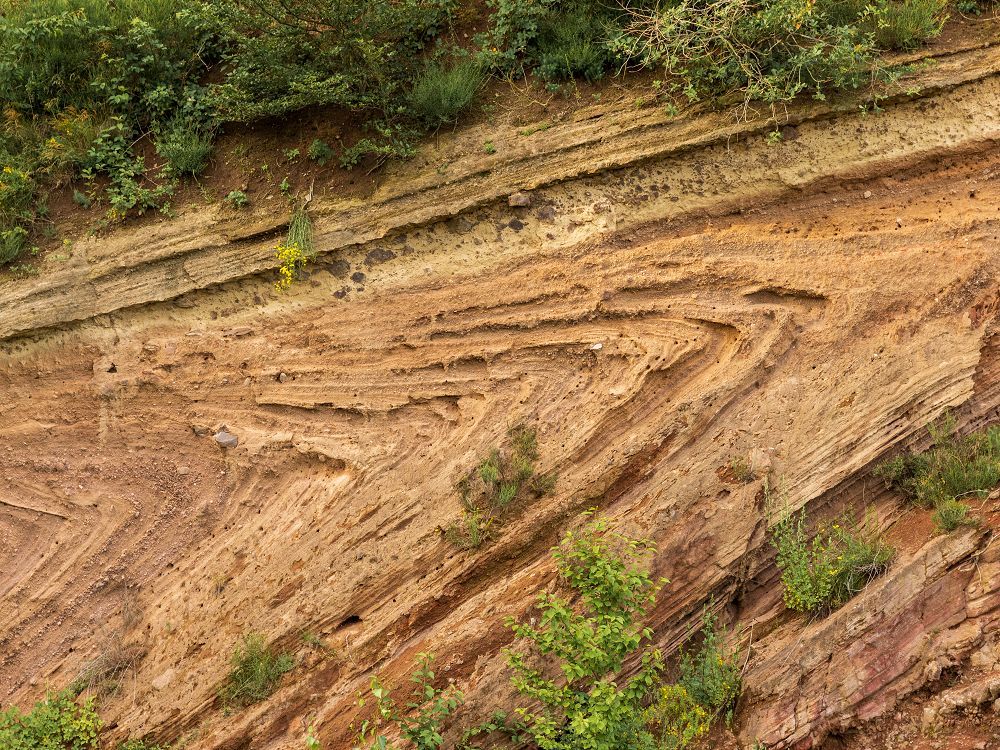
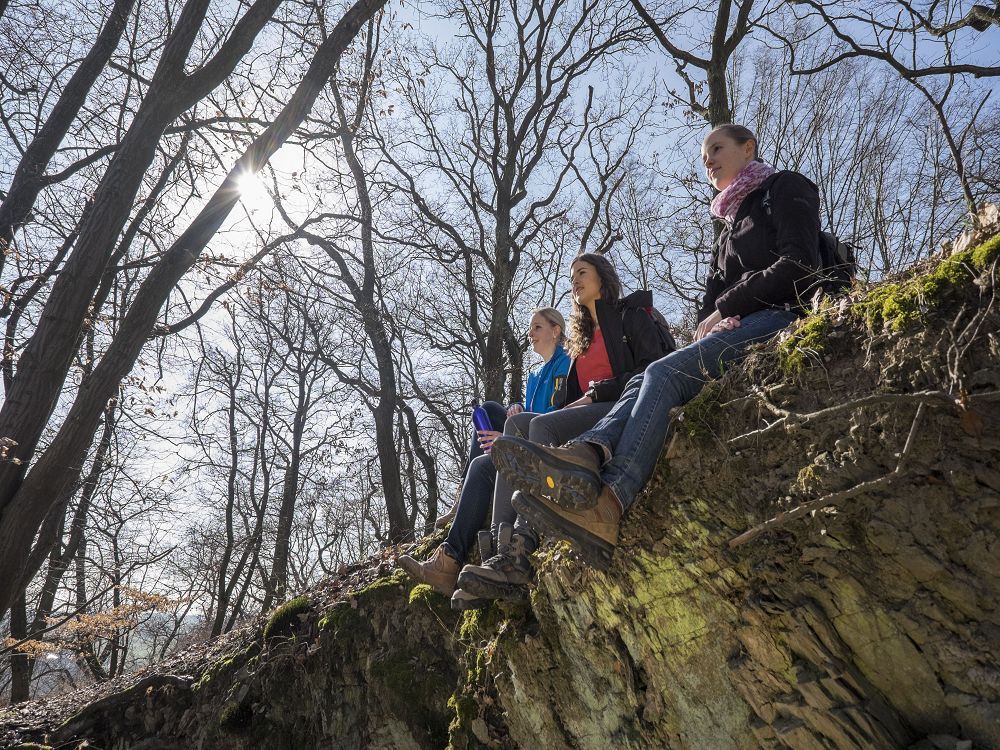
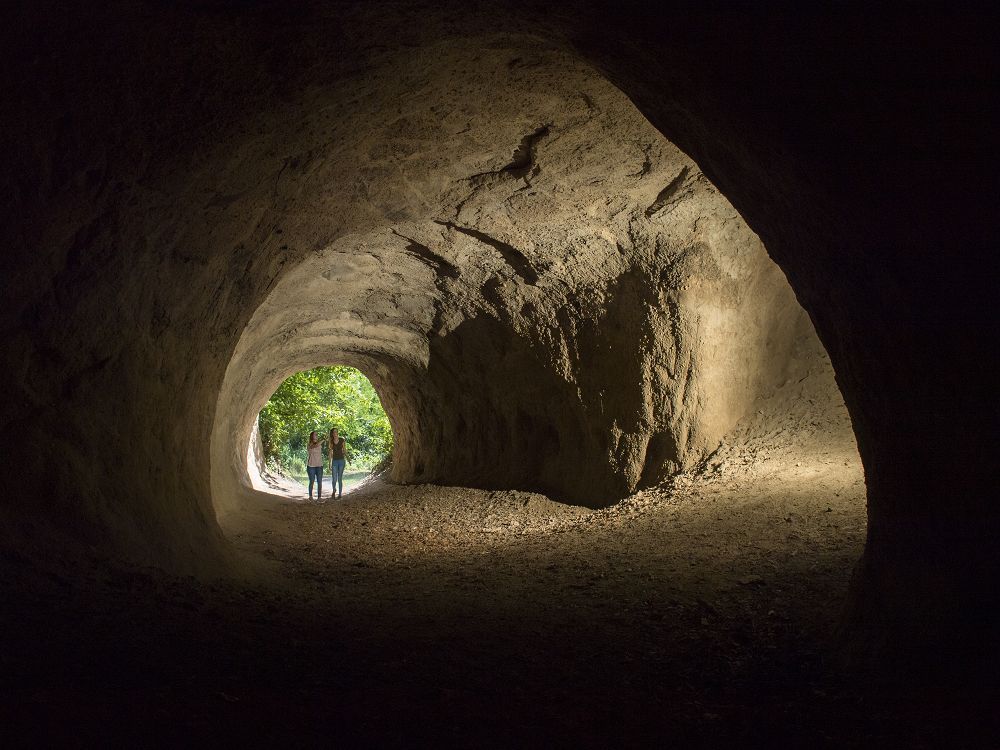
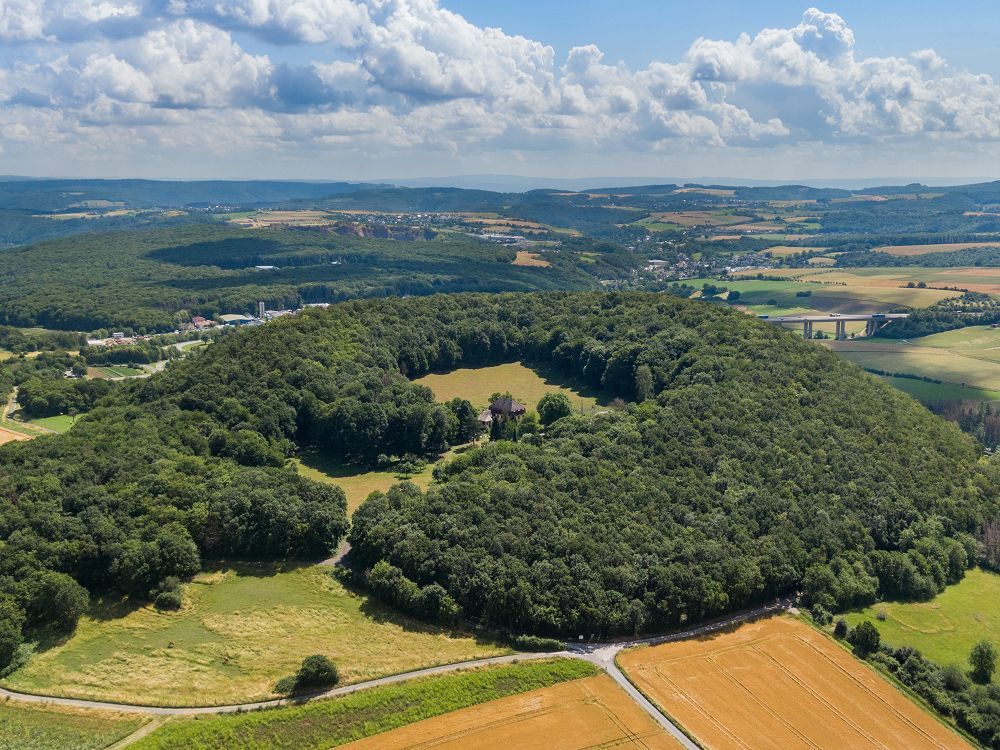
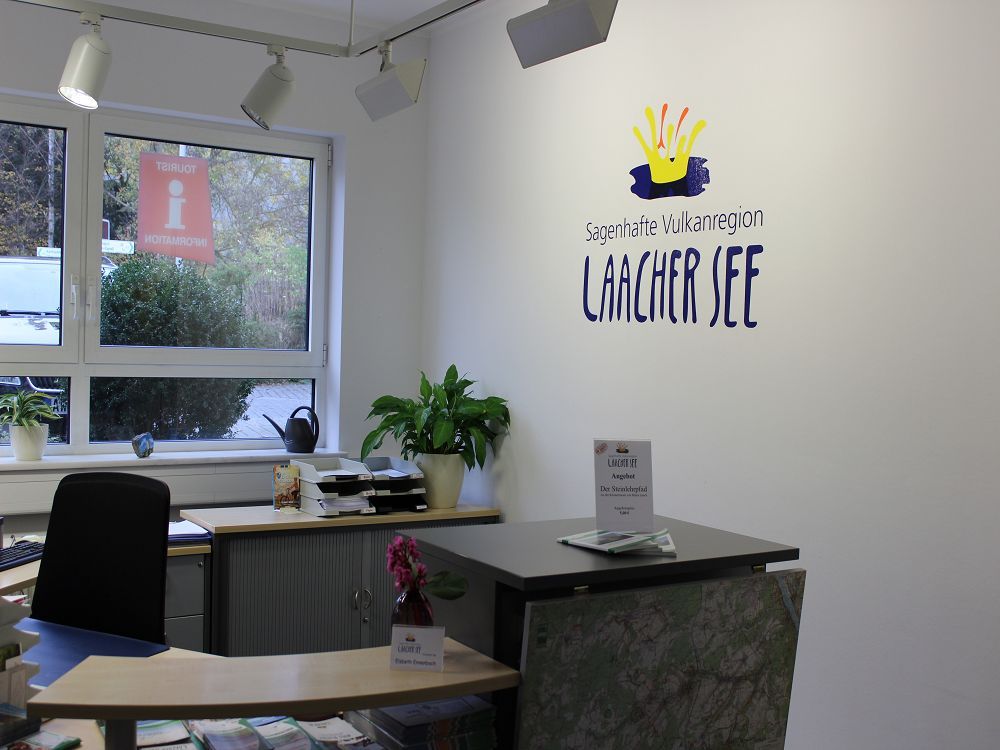
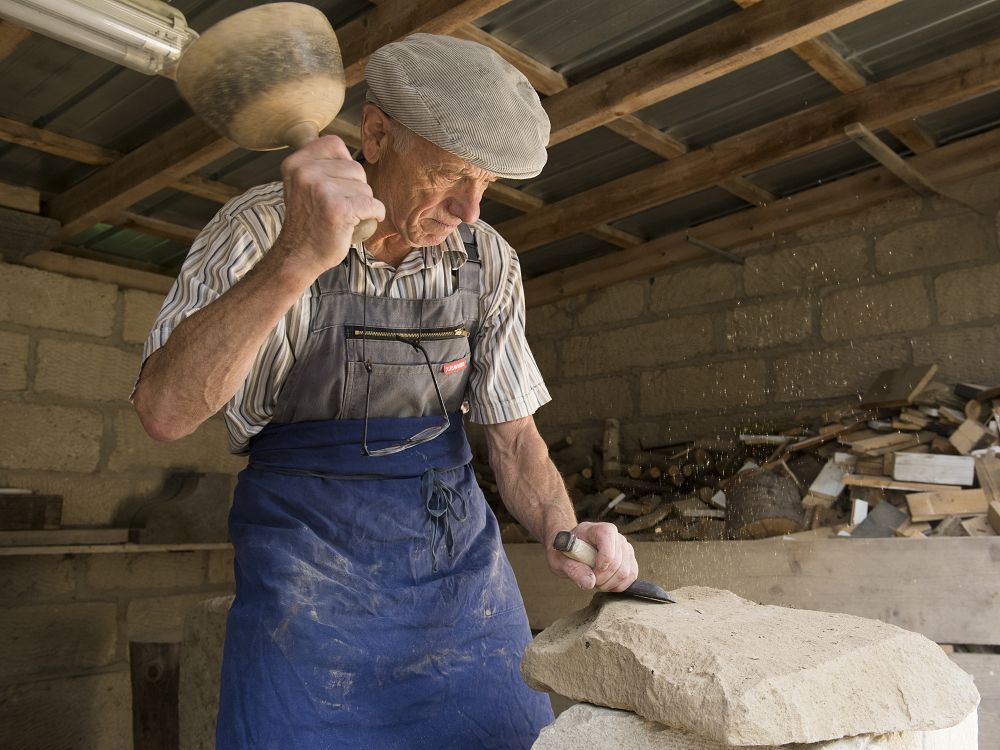
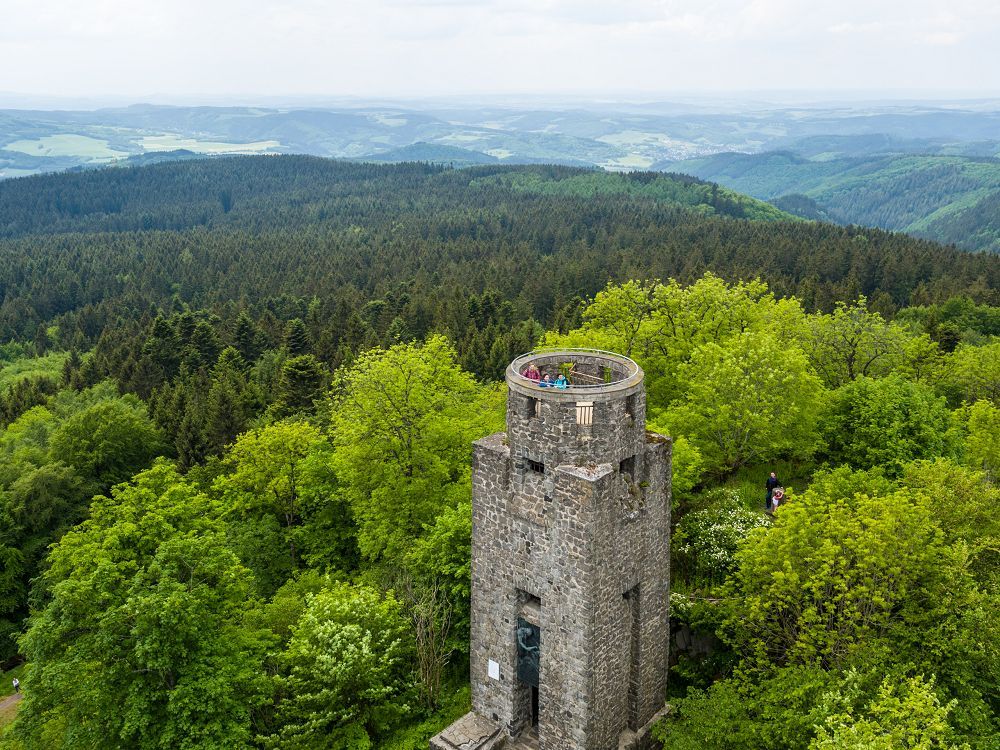
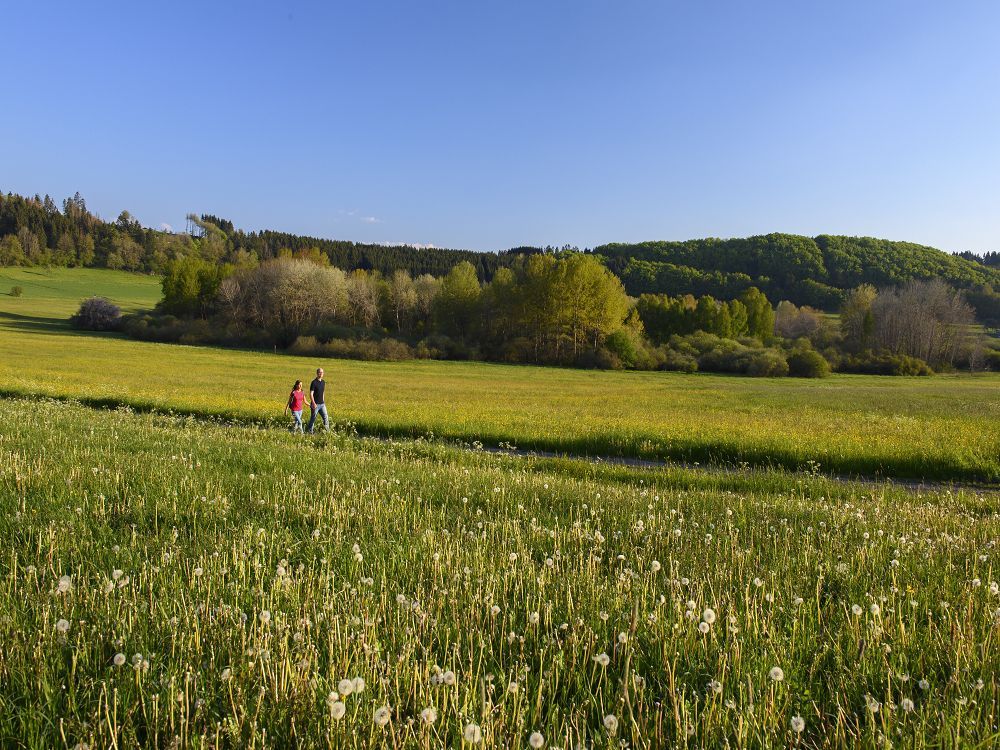
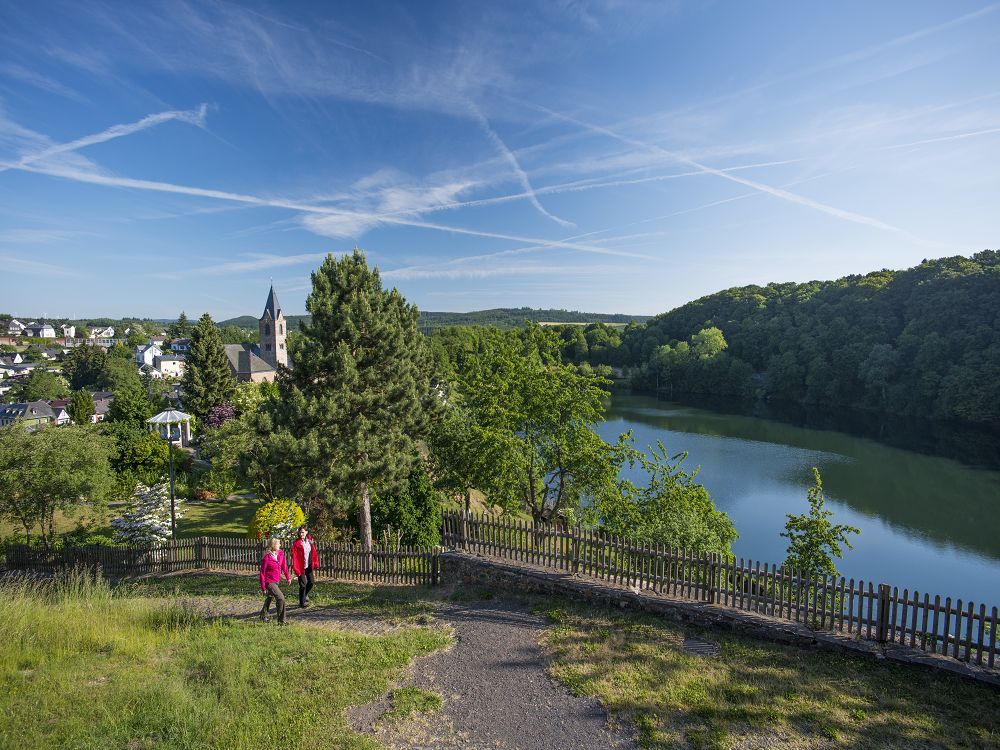
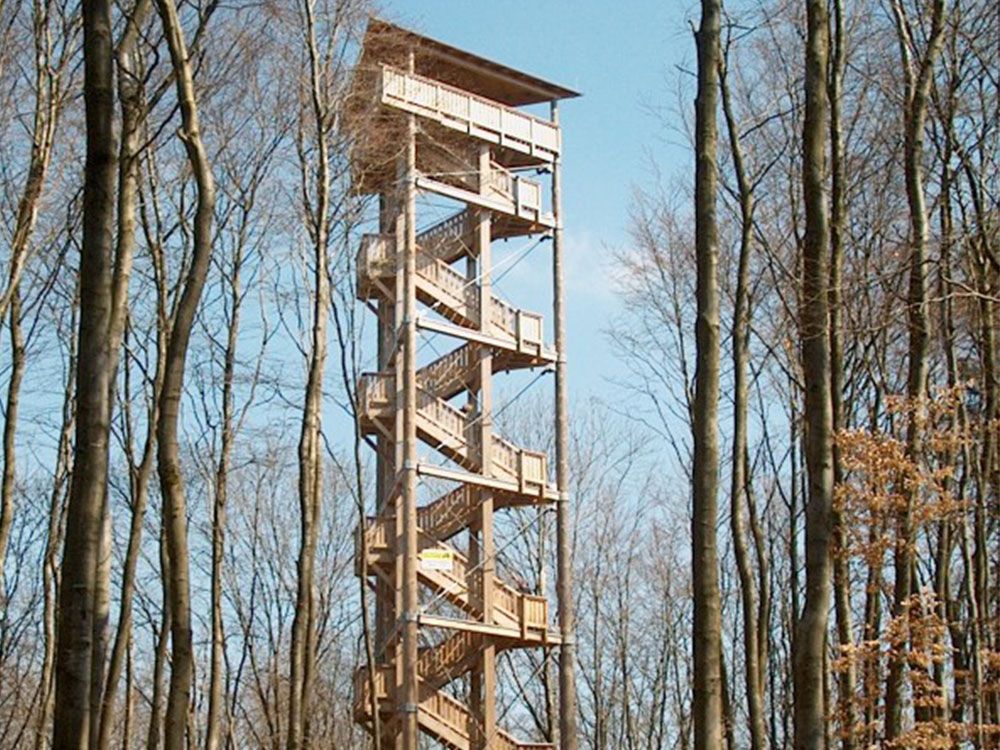
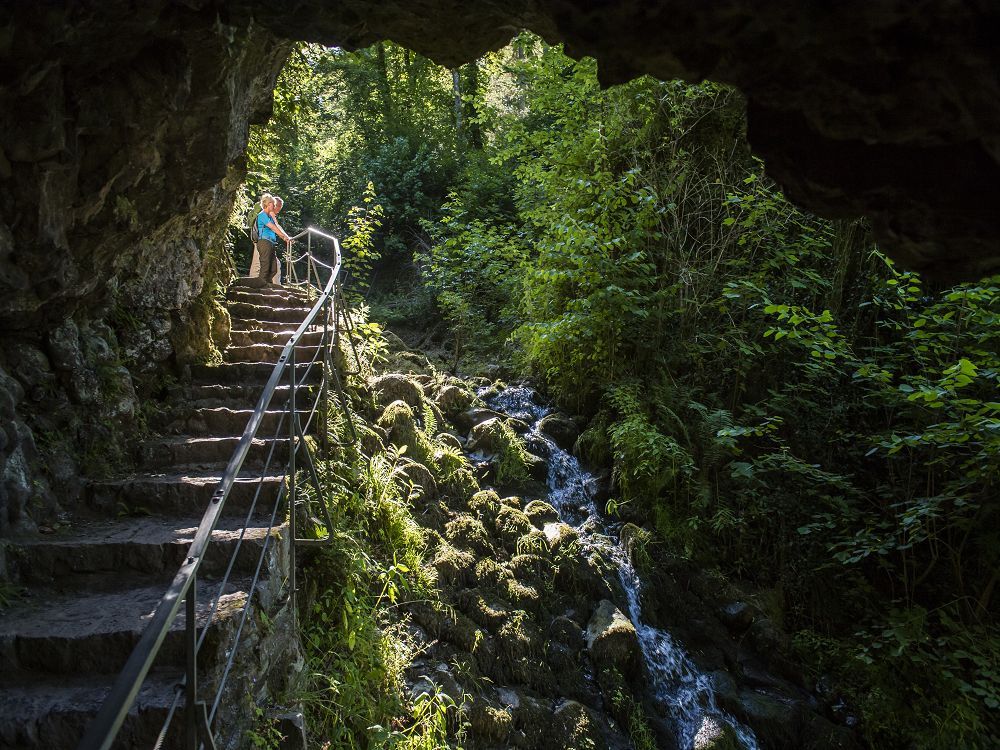
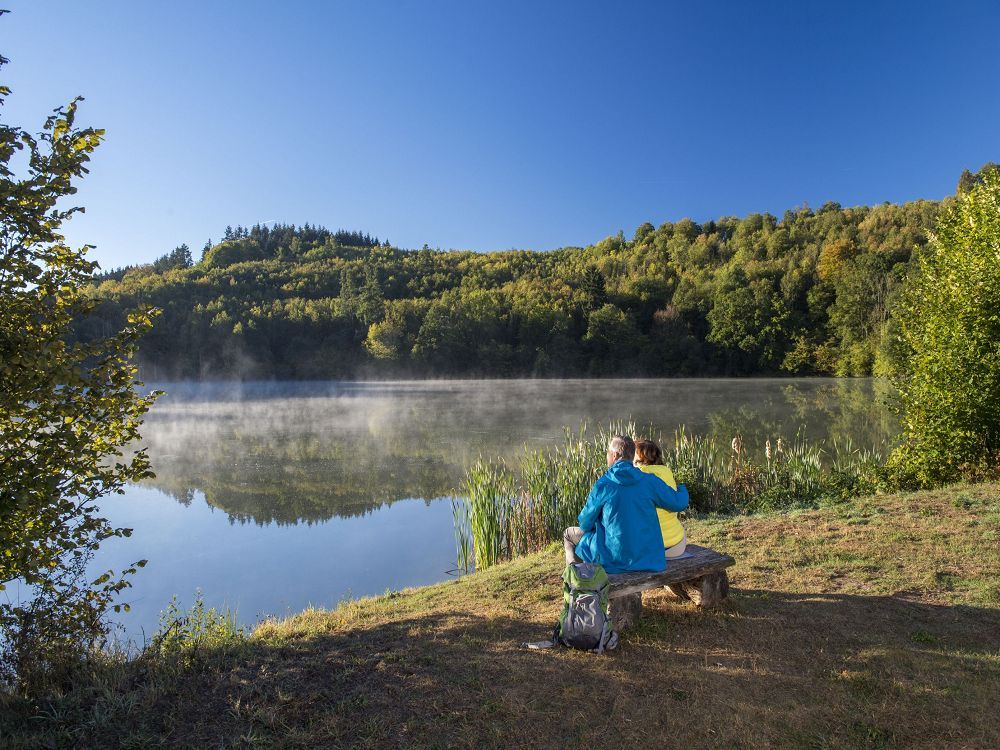
-df08adc9.jpeg)
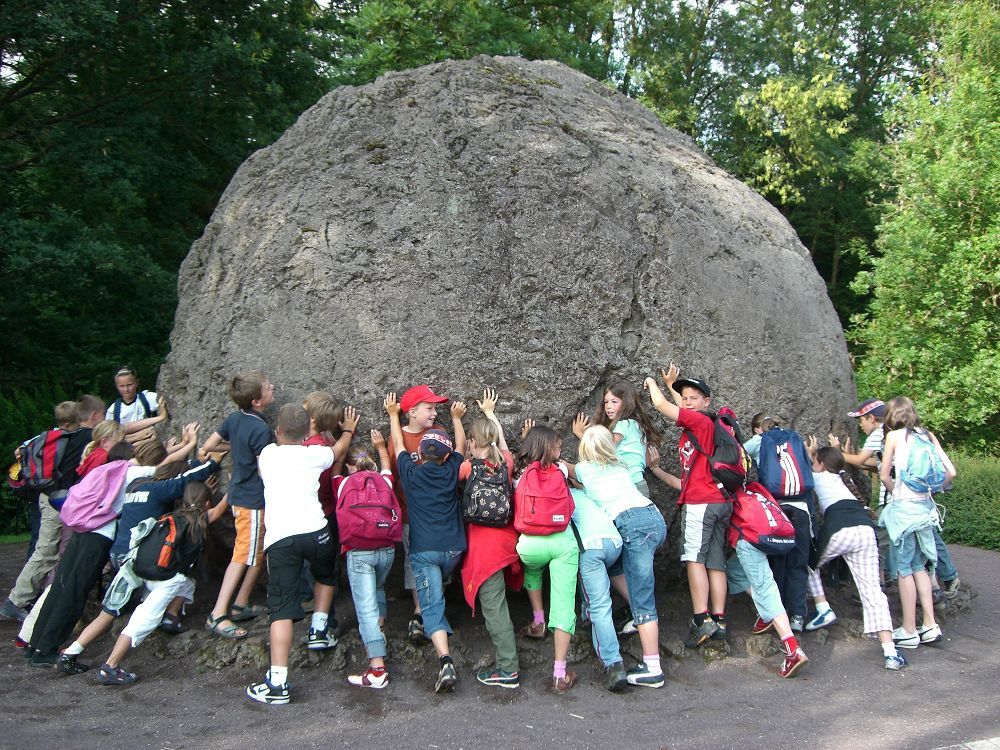
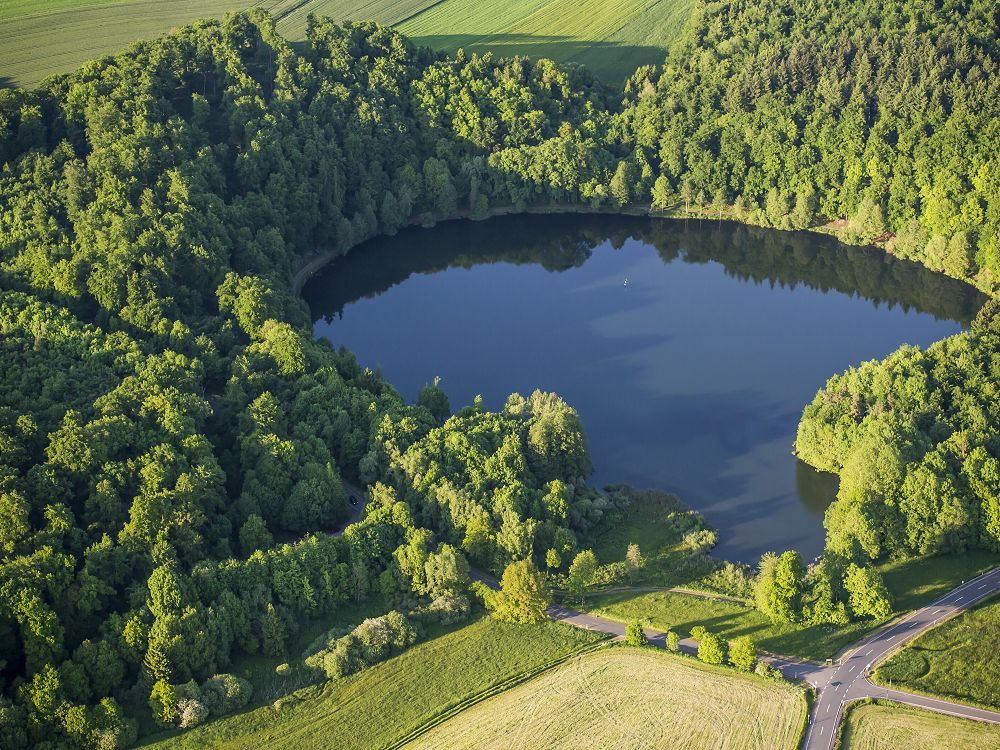
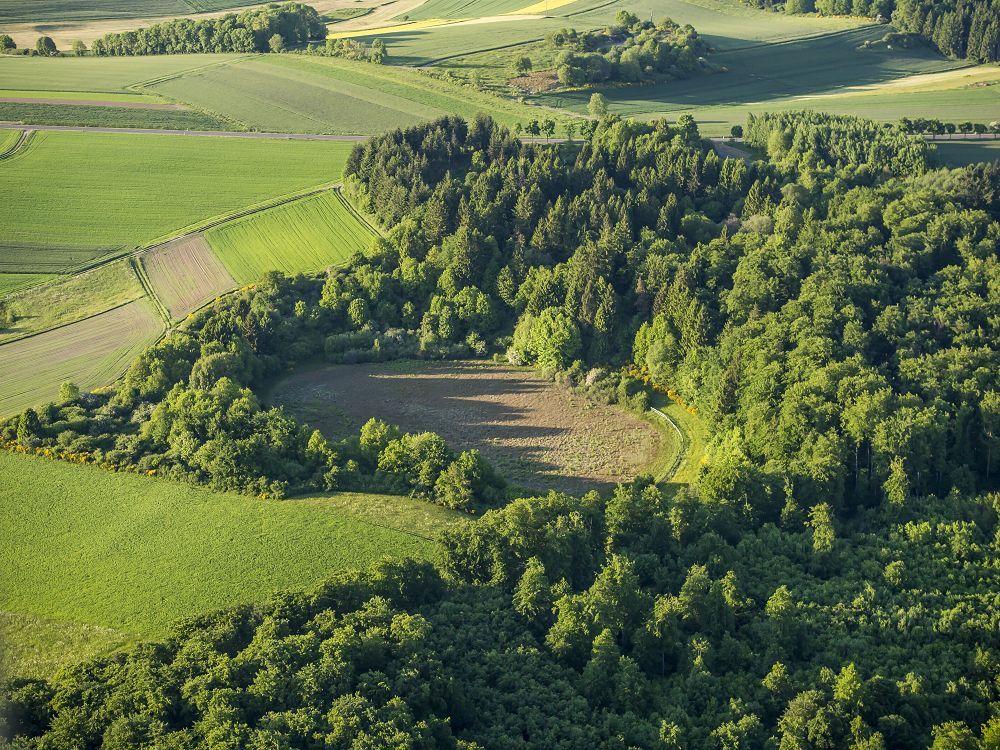
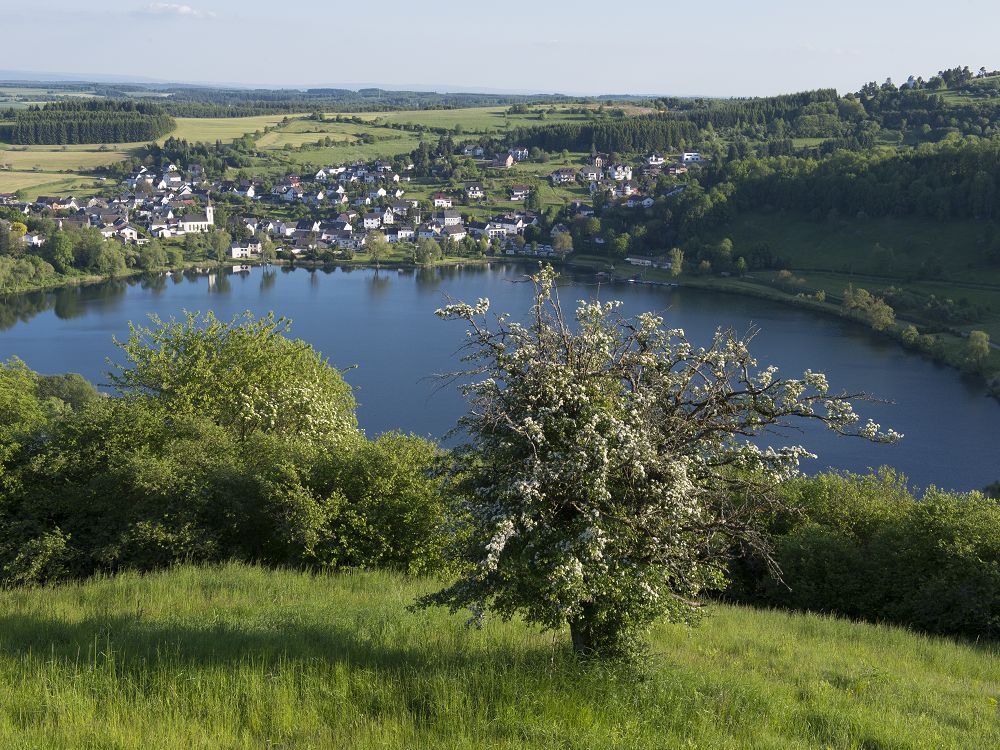
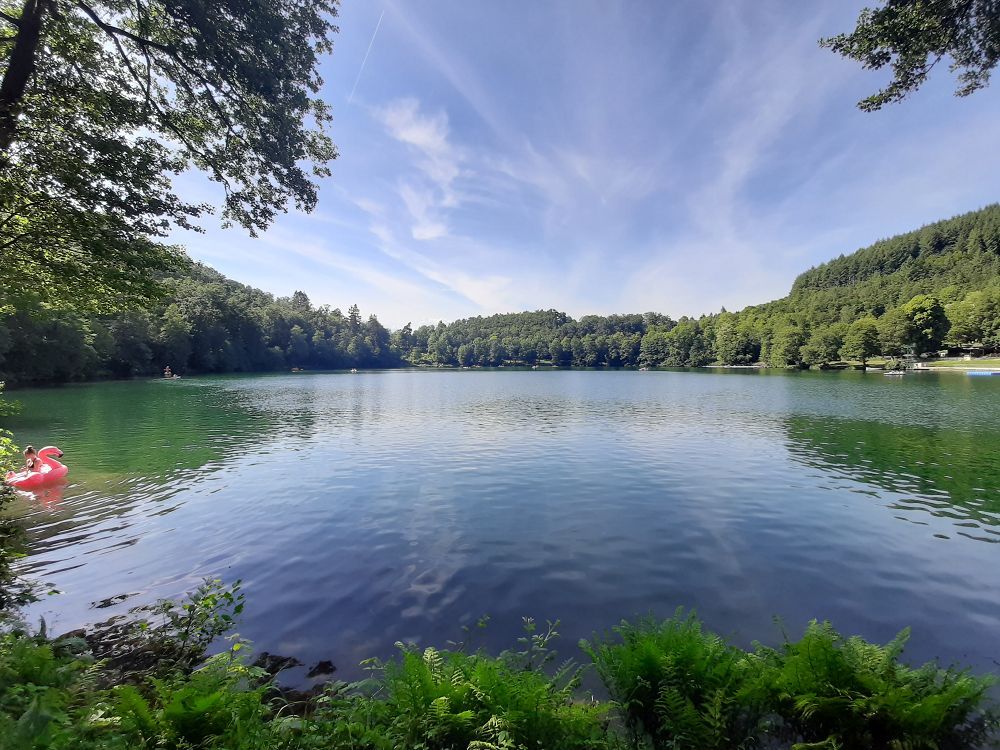
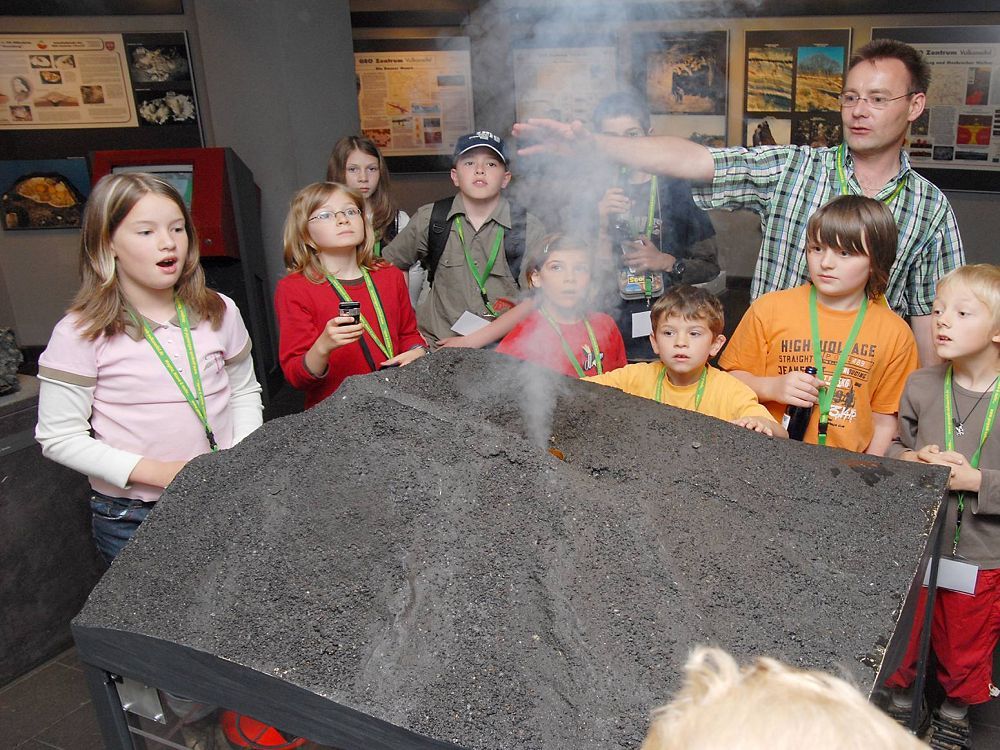
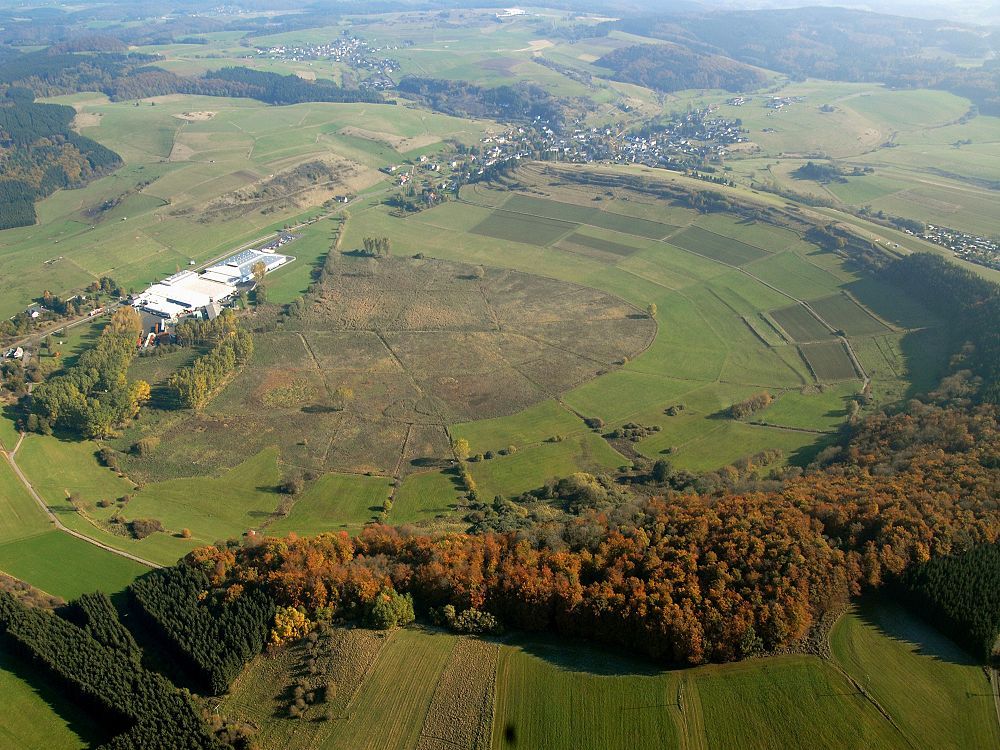
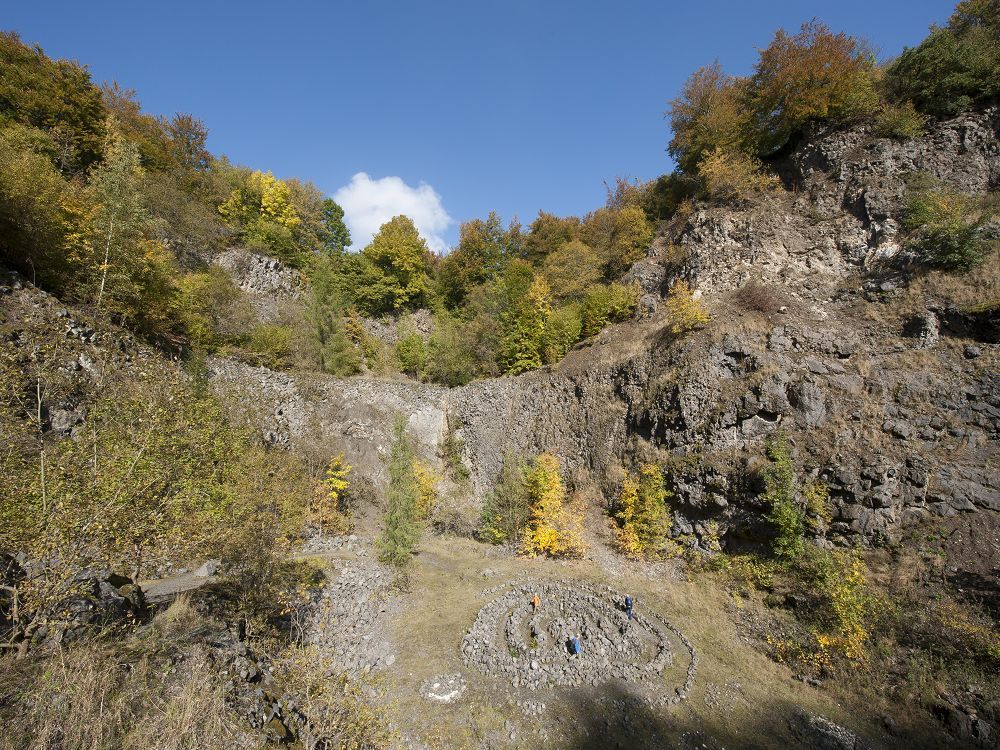
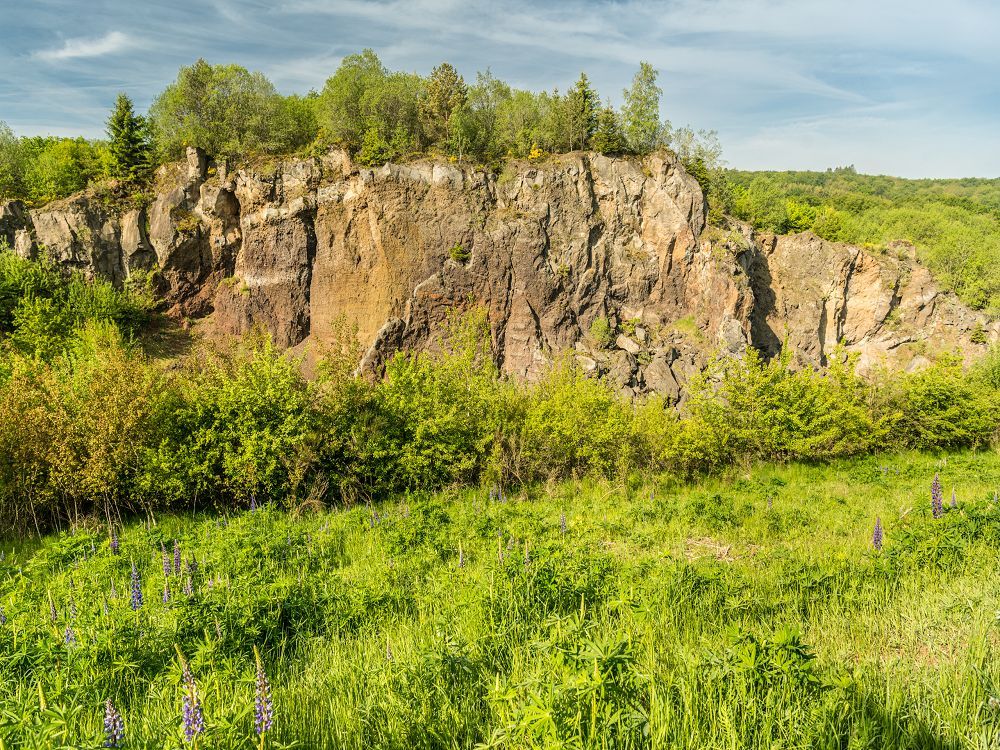
-a6d4c6f8.jpeg)
